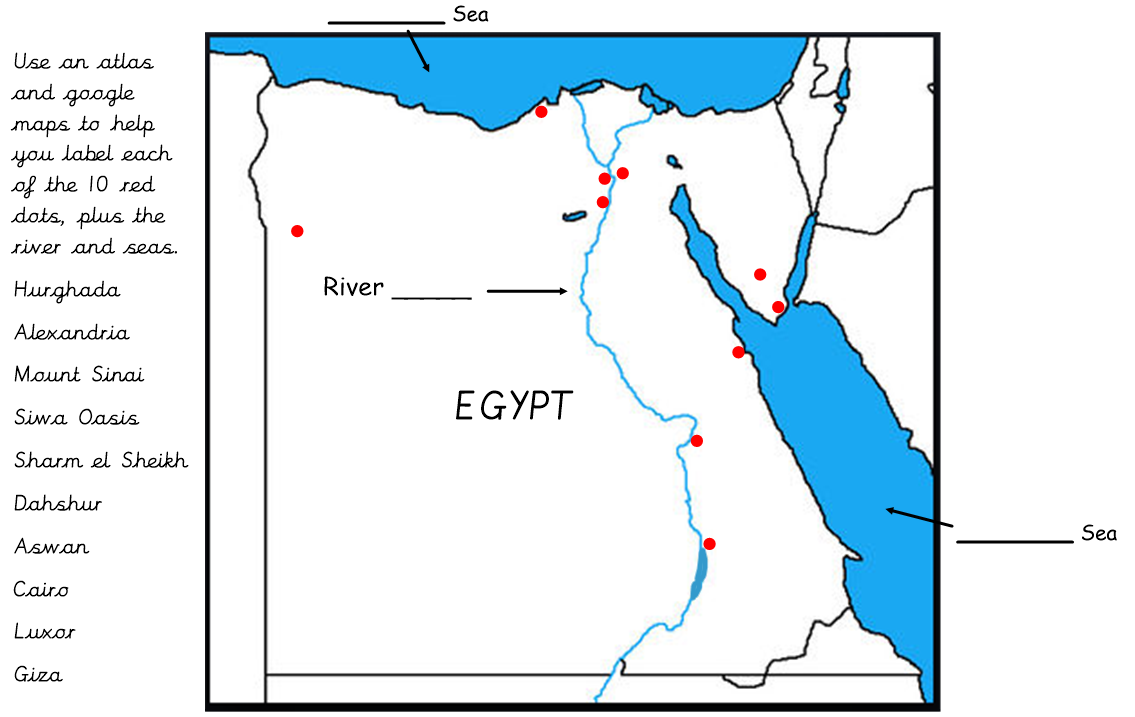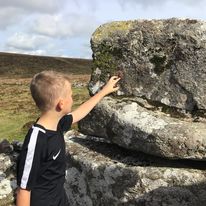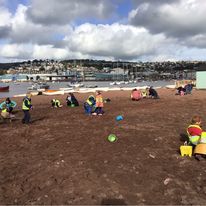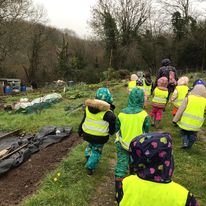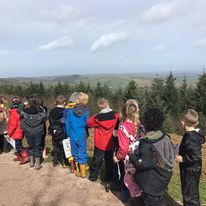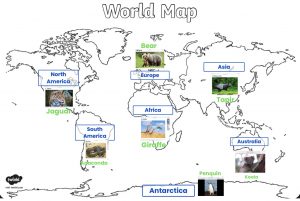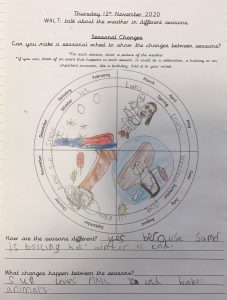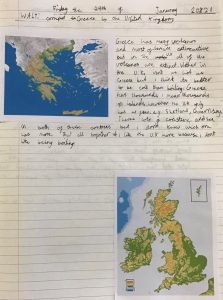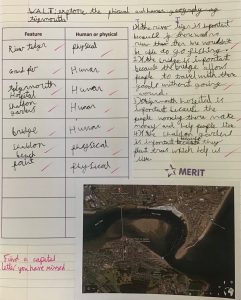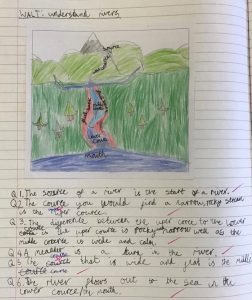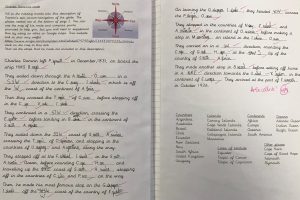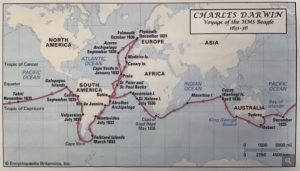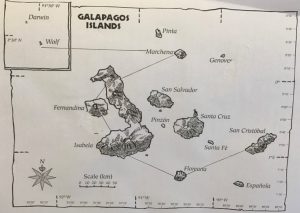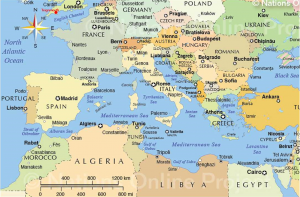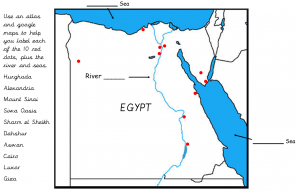Geography Curriculum Map
At Teignmouth, we will ignite pupils’ fascination and curiosity about the world around them with an enquiry-based geography curriculum that will provide our pupils with sense of place, space and scale on our diverse planet Earth. We will broaden their experiences by taking them on a journey to explore the human and physical features of their local environment: woodland, beach, town and river mouth. We will then make links and comparisons with the wider world to broaden their horizons. Children will consider how humans have an impact on the physical environment and how the physical environment affects humans. They will learn the importance of trying to live in greater harmony with our physical environment. Pupils will develop in-depth knowledge and essential skills that will enable them to explore the wonders of the world around them and they will understand the part that they and others play in ensuring the planet’s sustainable future.
EYFS
Pupils will explore their immediate locality – home and school environments – in order to develop a sense of place. The will experience different environments within the school grounds: buildings, field, playground, wildlife area and compare their different features and understand how they vary. They will understand their role in looking after their immediate environment.
KS1
Pupils will develop an increasing sense of place by building upon their existing knowledge of their locality. They will begin to use geographical skills to enhance their locational awareness as they move from their local area to the United Kingdom and beyond. Pupils will understand geographical similarities and differences through studying the physical and human geography of a small area of the United Kingdom and a small area in a contrasting non-European country. Pupils will understand the role that they and others play in looking after the world for today and for future generations.
KS2
Pupils will extend their knowledge and understanding of the United Kingdom and they will move onto exploring Europe and North and South America. This will include the location and characteristics of a range of the world’s most significant human and physical features. Pupils will demonstrate a growing understanding of how humans can impact the physical environment on a global level, and how, sometimes, the physical environment can affect humans. This acquired knowledge will empower pupils to address preconceived misconceptions and stereotypes that they or others may hold.


